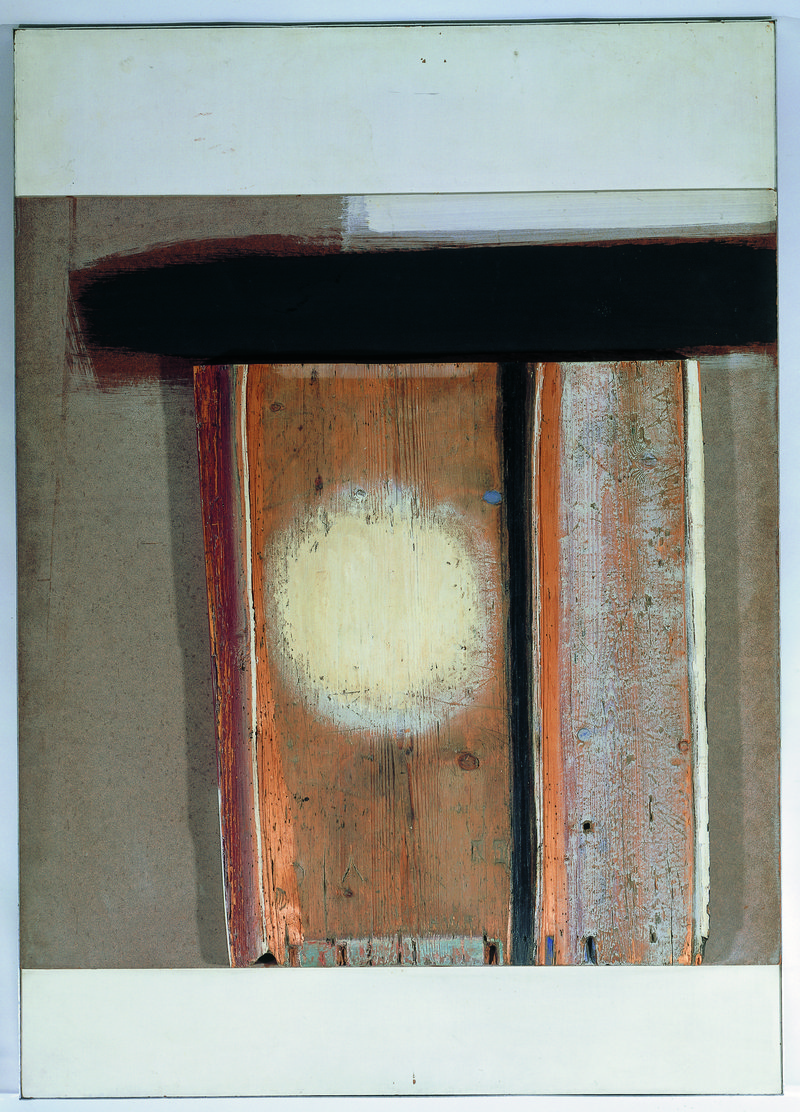
Dennis Hawkins (1925-2001)
Oil on wood (old school desk)
107 x 80 cm
1962
Methodist Modern Art Collection
HAW/1963
Image Copyright © Trustees for Methodist Church Purposes. The Methodist Church Registered Charity no. 1132208
Biblical commentary
Acts of the Apostles 2: 1–4
The descent of the Holy Spirit, on the Jewish feast of Pentecost, marked the birth of the Church, and is represented by an intense circle of white light, painted on the top of an old school desk. In this way Hawkins represents the success of the Church penetrating unlikely nooks and crannies and dark corners throughout the world and illuminating them with the light of the Holy Ghost. In the 1960s Hawkins produced dozens of “Pentecosts”. The traditional iconography of Pentecost was tongues of fire, but instead he chose to use the circle or sphere. He saw it as a numinous object, mysterious without beginning or end and all-embracing, an ideal symbol for the coming of the Holy Spirit.
Commentary based on A Guide to the Methodist Art Collection.